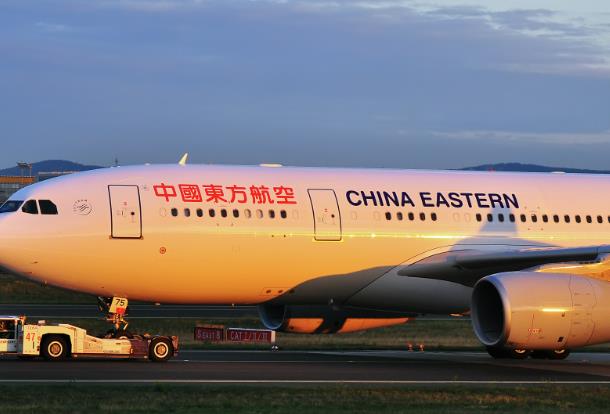According to IATA's latest forecast, the global airline industries will lose 84 Billion dollars and RPKs will not return to pre-COVID levels until 2024. Apart from short term difficulties, airlines should look for eventual opportunity from crisis and prepare themselves to emerge as a more viable enterprise in the way back to thrive.
Contactless travel
It's been known as a huge passenger pain point to run through different touchpoints in the airport for check-in, baggage and immigration process. A simplified passenger journey through biometric technology would be key to promote a safe and seamless passenger experience, and enable all the stakeholders such as governments, airport and airlines to access and share passenger identity and health information in a secure and efficient way. IATA's One ID initiative, which aims to achieve a contact less travel through biometric recognition under industry standard and governance, is fully aligned with today's travel requirement under the pandemic. IATA has prioritized two key deliverables to address the industry's changing demands: ensuring flexibility in information exchange between passengers, airlines, and governments in the face of growing information requests; delivering a touchless passenger processing at airport touchpoints to bring back passenger confidence in air travel to relaunch the aviation industry. In fact, before the pandemic, some international airports have been piloting biometric technology on top of self-service check-in and baggage drop. The airlines should drive the contactless travel with the help of airport and other parties, to stimulate the air travel recovery.
Channels
After several years' iteration, IATA's New Distribution Capability (NDC) standard has been adopted worldwide and the community continues to grow. For sure NDC is not yet mature: the standard is still developing to cover complex scenario such as interlining, meanwhile, airlines have implemented NDC API in different way to support their business, which raises the cost for aggregators/sellers to integrate. However, NDC pioneers have seen benefits that NDC brings in differentiation and channel ownership. During a webinar held by IATA in May, China Southern has shared that they've kept their partners updated by passing frequently changed policies and exposed its payment and refund/change capability through NDC, delivering valuable services to its customers. NDC is rather a tool for airlines to consolidate their sales and servicing channels and helps airlines to lay the foundation of digital transformation. Airlines, especially those still hesitating, should seriously consider to leverage NDC to gain full control of their channels.
Offer capability
The pandemic brought huge choc to air travel demand as well as additional non-fuel cost - such as sanitization of the aircraft - which drastically hurts the airlines' balance sheet. Recently, Chinese domestic demand improves as the domestic situation stabilized, China Eastern promotes a subscription product - fly unlimited times within required period - has caught customers' eyes and quickly followed by many other airlines. Some small size regional airlines, to compete with larger carriers, propose a subscription product that is applicable on all partners' network. Subscriptions, although not a new stuff, remain unfamiliar to the leisure travelers. It's a smart move for the airlines to bring in some revenue and bypass OTAs to interact with passengers directly. Knowing that Chinese market has not embraced branded fares concept, the subscription is an actual product that customers can easily compare and assess. The airlines, especially Chinese carriers, should seek opportunity as such to attract the customers through building distinct brand value and products. The capability of offering simple, but differentiated fare products and ancillaries is key to thrive in the future.
Organization
Compared to domestic demand, International air travel showed little improvement since most of the markets are still heavily restricted. IATA has estimated over 400 thousands of people in the airline industry have lost their jobs, not to mention other players in the ecosystem, manufacturers, airports, agencies and vendors. In any case, airlines should take this crisis to rethink of their organization structure and people assets. On the one hand, the operational principles and process should be re-designed to meet customers’ new travel needs and adapt the challenging and changing market in the next coming years; on the other hand, airlines should consider bringing in people with product management and digitalization implementation experience, leverage new technology application in operations, sales & marketing, customer experience and services. Airlines should review constantly their priorities and resources to ensure the long-term strategy and evolve in a lean, agile and smart way.




